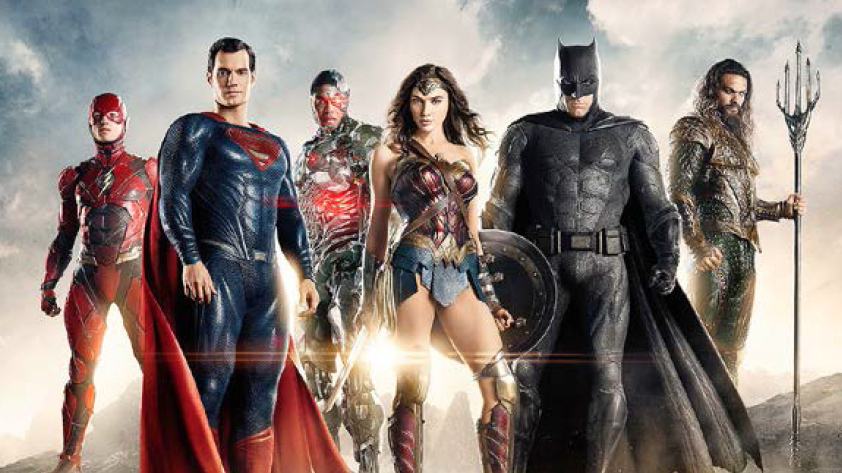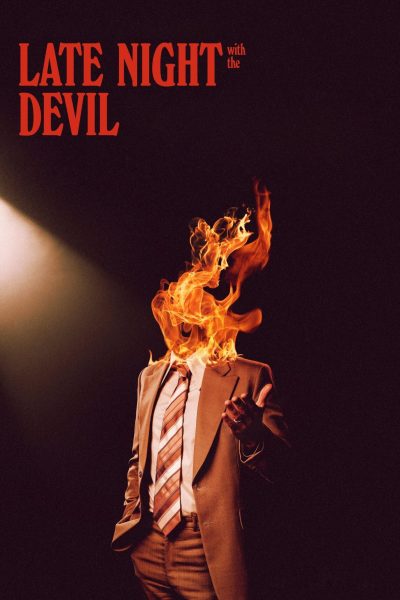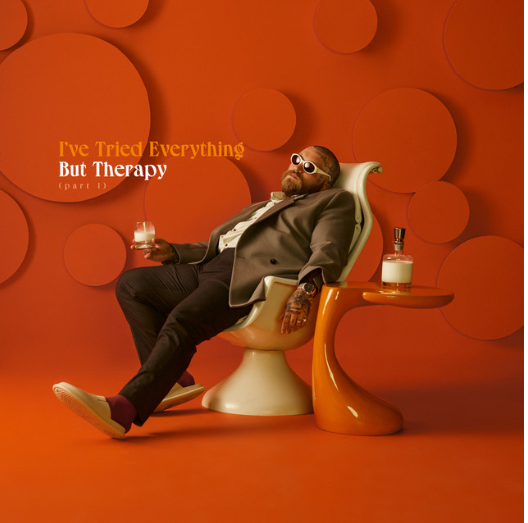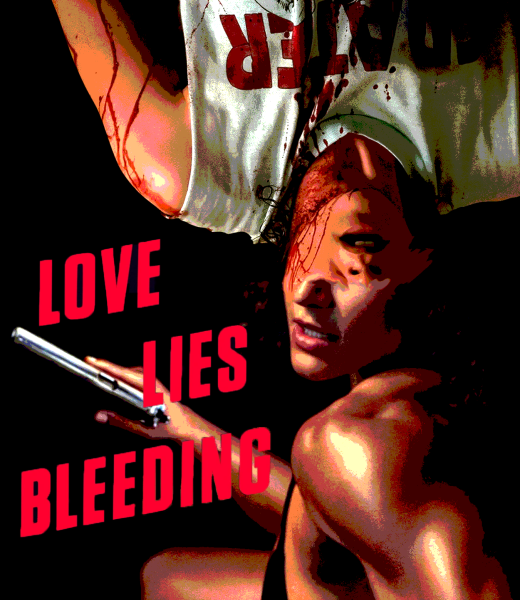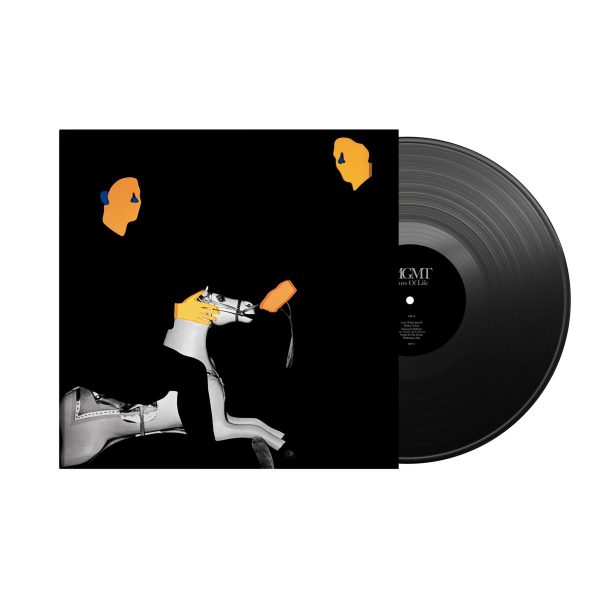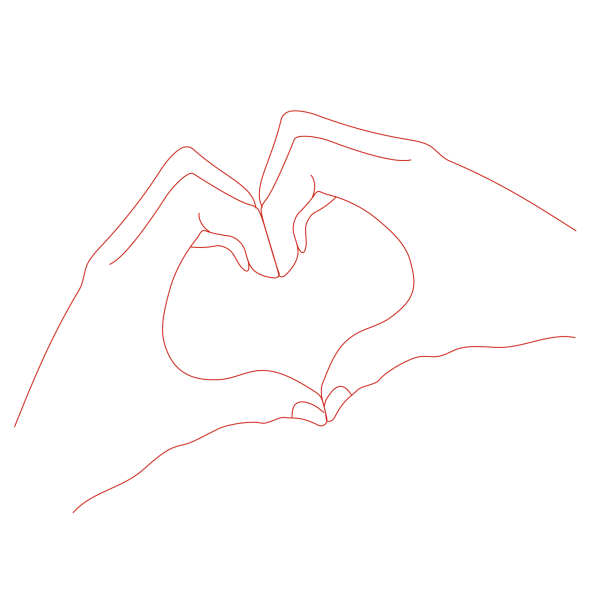‘Justice League’: It’s a bird. It’s a plane. It’s a pretty average movie…
“Justice League” is the latest film in the DC Extended Universe, or DCEU, and DC Comics’ attempt via its film distributor, Warner Brothers, to try to catch up to the high-flying success of the Marvel Cinematic Universe of Disney. While it is by no means of “Wonder Woman” quality, “Justice League” is
nonetheless a fun romp that should be seen, if only for the promise of what lies ahead.
The film revolves around Bruce Wayne/Batman’s (Ben Affleck) repeated attempts to assemble a team of super-powered individuals to defend the Earth from extra-worldly threats. Inspired by the example of Superman (Henry Cavill) and motivated by his tragic death at the hands of the monstrous Doomsday, Batman becomes more committed to forming his team when he encounters a Parademon, a bug-like servant of the galactic tyrant Darkseid, while on patrol one night. Realizing that the invasion he fears may be
more imminent than anticipated, Batman teams up with Diana Prince/Wonder Woman (Gal Gadot) to track down his candidates for team membership: Barry Allen/The Flash (Ezra Miller), Cyborg/Victor Stone (Ray Fisher), and Arthur Curry/ Aquaman (Jason Momoa).
The team soon runs afoul of the villainous Steppenwolf, a mad warlord who seeks to unite three Mother Boxes, artifacts of tremendous power, to strengthen himself so that he may destroy the world as he nearly did centuries ago when the Amazons, Atlanteans, and human heroes stopped him and divided the Boxes, hiding them for themselves. In desperation, the team resurrects Superman to help them more effectively face the threat, but they have reservations about doing so.
As a whole, “Justice League” was not a bad movie, but it does have its fair share of problems. Because the DCEU has not had the ample time Marvel has had to introduce characters who may be unfamiliar to audiences unfamiliar with comics, they rely on recognizable characters like Batman, Superman, and Wonder Woman to carry the weight of publicity. As a result, when the movie references important characters, the shocking effect of hearing the name is lost. An example of this occurs when Steppenwolf commands his minions to carry out his bidding “for Darkseid.”
Darkseid is essentially the embodiment of evil in the DC universe, ruling over the hellscape of Apokolips with an iron fist and seeking only to eliminate all life in the universe. “Justice League” also featured cameos from many beloved characters like Police Commissioner Gordon of Gotham City; Mera, Aquaman’s love interest and one of the most powerful of the Atlanteans; and at least one of the Green Lanterns. These characters, however, are only seen for a few minutes when they are on screen and serving as throwaway references for devoted fans and plot devices for everyone else. Filming these scenes without regard to the familiarity many audience members would have only serves to alienate viewers who could possibly give rave reviews to their friends and create publicity and ticket sales for the film, something Warner Brothers definitely needs if their DCEU is to be a viable option for making money.
Sadly, the main Justice League also suffered from poor characterization. The only exposure the team members had before this film, with the exception of Superman, Batman, and Wonder Woman, was on brief footage from Lex Luthor’s computer in “Batman v. Superman,” leaving much to be desired about their motivations and personalities. Thus, viewers unfamiliar with the characters before seeing “Justice League” may not be fully invested in what happens to them, leaving their team-up feeling forced.
All things considered, though, the special effects and scenery was of good quality in, making it visually pleasant, and many jokes from different characters acknowledged different aspects of their comic histories. This made them stick with people who were DC fans entering the film, and the characterization that was present, particularly from Flash and Alfred Pennyworth, was endearing across the board, allowing for some opportunities for laughter in an otherwise bleak atmosphere.
In conclusion, “Justice League” leaves much to be desired, but was an acceptable run for the first theatrical team-up of the World’s Greatest Super-Heroes. The post-credits scene, which I won’t
spoil, presents an opportunity for the DCEU to redeem itself down the road, which could finally push it into serious competition with Marvel.
Your donation will support the student journalists of Saint Louis University. Your contribution will help us cover our annual website hosting costs.


